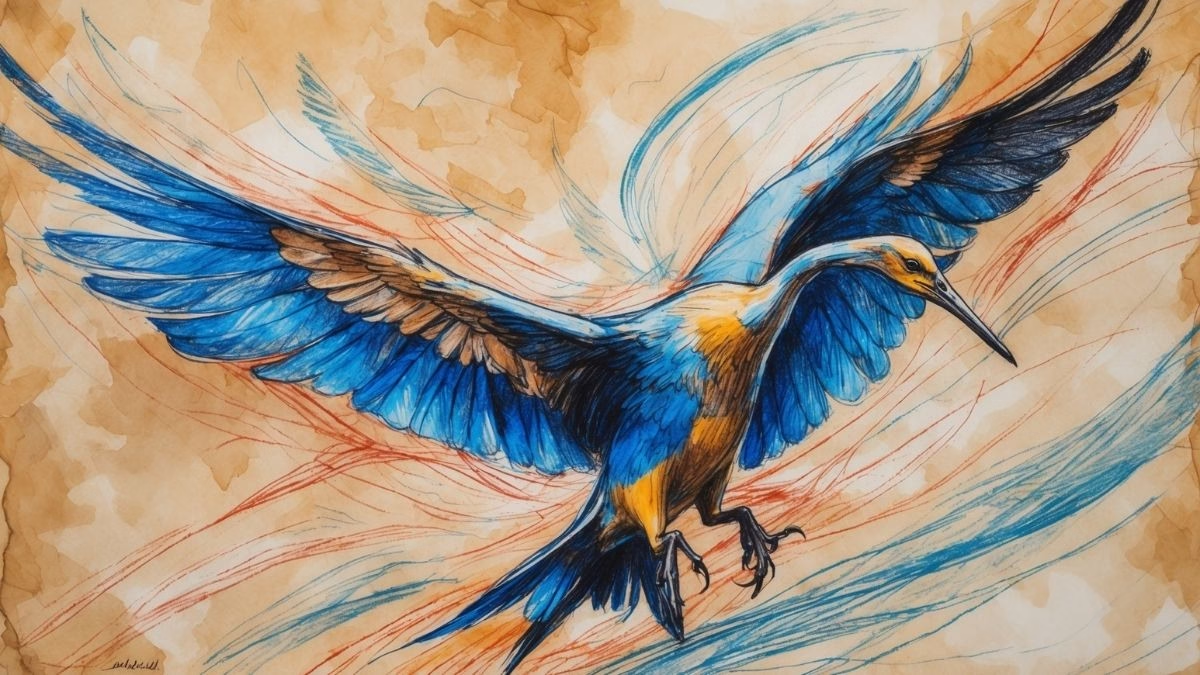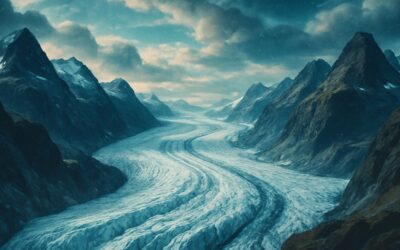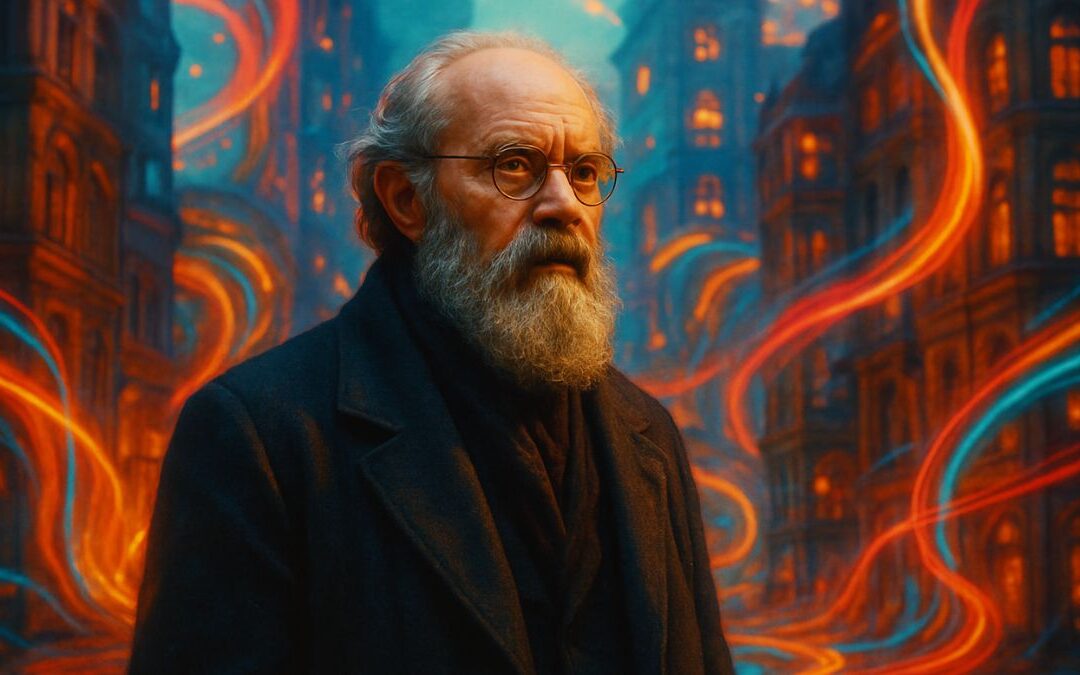Introduction
Have you ever looked at a penguin and wondered why it waddles instead of soars? Or marveled at an ostrich sprinting across the savanna and thought, “That doesn’t look like any bird I know!” The world is full of birds that have, over millions of years, made a remarkable evolutionary choice: they gave up the power of flight.
But why would a bird abandon the very thing that makes it a bird? That’s the incredible story we’re going to uncover together. This quiz is your personal expedition into the science of these grounded marvels. It isn’t about passing a test; it’s about peeling back the layers of evolution to understand the “why” and “how.” Each question is a clue, and every answer will reveal a surprising adaptation or a secret superpower these birds developed once they were freed from the demands of flight. You’ll learn that losing the sky allowed them to conquer the land and the sea in ways their flying cousins never could. Get ready to meet the sprinters, the swimmers, and the stealthy foragers of the bird world!
Learning Quiz
The Freedom of Being Grounded
Hello, and welcome back! We’ve just journeyed through the world of some of the most fascinating and bizarre birds on the planet—the ones that have given up the sky. It seems like a strange choice, doesn’t it? Flight is what we so often associate with being a bird. It’s their ticket to freedom, their escape from danger. So why would any bird trade the heavens for a life on the ground? The answer, as we’ve discovered, is that for these birds, giving up flight wasn’t a loss; it was a trade. They traded one kind of freedom for another, and in doing so, they became masters of their own domains.
The story for almost every flightless bird begins with its ancestors arriving in a paradise. Imagine a flying bird, perhaps blown off course by a storm, landing on a remote island like New Zealand. It looks around, and something amazing is missing: danger. There are no cats, no foxes, no weasels—no ground-dwelling predators to hunt it or its chicks. The food is plentiful, and life is good. In an environment like this, flying, which is one of the most energy-expensive things an animal can do, starts to seem a little… unnecessary.
This is where evolution gets to work. A bird that spends more time on the ground saves energy. That saved energy can be used for other things. It can be used to grow bigger, to lay larger eggs, or to develop powerful muscles for running. Over thousands of generations, the birds that are a little less inclined to fly and a little better at living on the ground thrive. Their flight muscles shrink, and the large keel bone on their chest—the anchor for flight muscles—gets smaller and flatter. This is why the group containing ostriches and emus is called “ratites,” named after their raft-like flat breastbone. Their wings become smaller or change their function entirely.
This single evolutionary decision—to abandon flight—sends different birds down incredibly diverse paths. Look at the ostrich, the king of the African savanna. Freed from the weight restrictions of flight, it became the largest bird in the world. It invested its energy into developing incredibly long, powerful legs. Its bones became dense and solid to withstand the pounding force of running up to 45 miles per hour. It even modified its feet, reducing its toes to just two for a stronger, more efficient stride. Its wings, useless for flight, were repurposed into rudders, used for balance and steering during high-speed chases. The ostrich didn’t just give up flight; it traded it to become a world-class sprinter.
Then there are the penguins. Their ancestors were flying seabirds, but they found a niche in the rich, cold waters of the Southern Ocean. They made a different trade. They traded flight in the air for an unmatched ability to “fly” underwater. Their wings evolved into stiff, narrow flippers, and their bones became dense, not for strength, but to act as ballast, helping them overcome buoyancy and dive deep in search of fish. Their feathers became short, stiff, and densely packed, forming a perfect waterproof suit. A penguin waddling on land might look clumsy, but in the water, it is the picture of streamlined grace and power—a torpedo designed by nature.
Perhaps the most curious path was the one taken in New Zealand, the ultimate bird paradise with no native land predators. Here, birds took over the roles that mammals play elsewhere. The giant Moa became like deer, grazing on vegetation. And the little Kiwi became New Zealand’s version of a badger. It became nocturnal, and since sight is less useful in the dark, it developed an amazing sense of smell, with nostrils uniquely placed at the tip of its long beak to sniff out worms. Its feathers became shaggy and fur-like for insulation, and it lays an egg that is, relative to its body size, the largest of any bird in the world. The kiwi traded flight for a life of stealth in the forest undergrowth.
But this story has a tragic side. The very thing that allowed these birds to flourish—the absence of predators—became their undoing. The flightless birds of islands like New Zealand and Madagascar had no concept of fear from creatures on the ground. When humans arrived, they didn’t just hunt these birds; they brought with them a devastating army of invasive species: rats, cats, and stoats. For these new predators, the fearless, ground-nesting birds were an easy meal. This is why the Moa, the Elephant Bird, the Dodo, and countless others are now gone forever, and why species like the Kakapo and Kiwi are critically endangered. Their paradise became a trap.
So, the science of flightless birds teaches us a powerful lesson about evolution. It’s not a linear march towards a “better” form; it’s a series of trade-offs and adaptations for a specific environment. Flight is not always the best solution. By giving it up, birds were able to unlock new possibilities: the ostrich’s speed, the penguin’s swimming prowess, the cassowary’s raw power, and the kiwi’s unique, mammal-like existence. These incredible birds aren’t evolutionary failures; they are specialists of the highest order, reminding us that sometimes, the greatest freedom can be found right here on the ground.











0 Comments